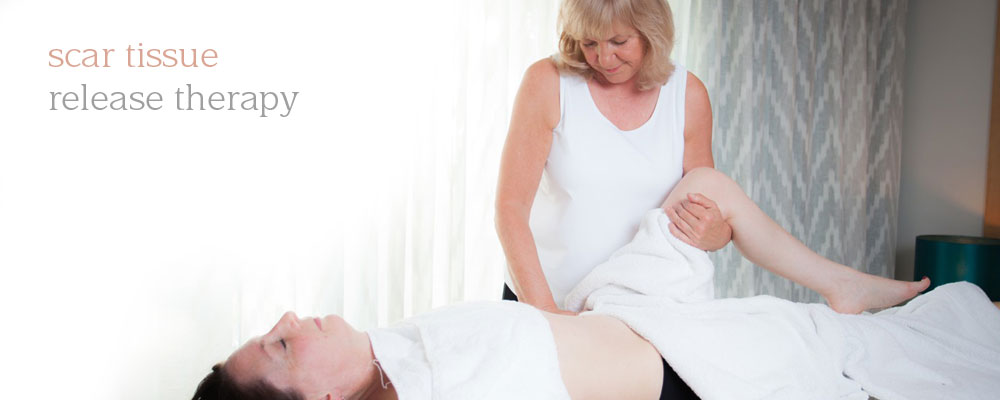Massage Techniques
Below I have detailed 3 of my favourite massage techniques
Myofascial Release or MFR
What is Fascia?
Fascia is continuous throughout the body. It’s the tough connective tissue that holds us together and a restriction in one part of the body will affect every other part.In the normal, healthy, hydrated state fascia has the ability to stretch and move without restriction. However, it is very common to develop restrictions because of
- Postural imbalances
- Accidents
- Emotional trauma
- Repetitive strain issues
Amongst others
What is Myofascial Release?
It is, as it implies, facilitating the freeing of the restrictions. The techniques work because hands on palpation can detect and change the tone of the tissue.
MFR techniques rely on the ability of the therapist to use the sense of “listening touch”* to be able to tune in to the tissue and follow the fascia to where restrictions are held. When the release happens there is a feeling of melting and gliding of the tissue.
Very little or no oil is used to get traction on the skin
*Listening touch is the ability to tune into the tissues, sense the restrictions and be patient.
What are the Benefits of MFR?
- Relieve pain
- Resolve structural dysfunction,
- Restore function and mobility
- Release emotional trauma
Trigger point Therapy
What are Trigger Points?
Trigger points can be a very specific point on the body and are generally described as “a hyper irritable” spot in a muscle. It is hypersensitive and can be discovered through palpation and feel like a module in a tightly contracted band of tissue. The spot can be painful or tender on compression local to the area or it can refer pain and tenderness in a characteristic pattern to areas away from the location of the trigger point itself
More simply put it feels like a “muscle knot” a lump and bump in muscle.
The pain from trigger points can manifest in many ways and can be in local or referred pain. The pain can feel deep and the intensity can be low grade discomfort to severe and incapacitating. The pain can be when at rest or only on movement. The discomfort can be there one day and not the next.
- Dragging
- Stabbing
- Dull and aching
- Tingling
- burning
The contracted tight tissue can trap nerves and blood vessels which causes
- numbness
- tingling
- swelling
- restricted mobility
- joint dysfunction
There can also be
- changes in skin temperature
- increased sweat
- nausea
- dizziness
What causes trigger points?
- Acute sudden onset trauma e.g. accidents, falls, fractures
- Gradual onset g. sustained lack of mobility( sitting at a des), chronic overuse ( constant work on computer, using mobile phone)
- Emotional stress
- Medical factors e.g. chronic infection,
- Migraines
What is Trigger Point Massage?
The massage therapist discovers the trigger points through palpation of the tissue. The information about any pain and discomfort described by you will help achieve this.
What are the Benefits of a Trigger Point Massage?
The discomfort described by you should dissipate during the treatment
Soft Tissue Release or STR
This technique is one of my favourites!
What is Soft Tissue release?
It is a specific type of muscular fibre stretching and it is extremely efficient.
The release in a restricted muscle can be achieved passively as the therapist does the action for the stretch that creates the release, or the release can be achieved actively as the therapist and client work together.
What are the Benefits of STR?
- Relieves pain
- Increases range of motion
- Prevents injury and reduces injury repair time
- Recovering from sprains, stains and tears
- And can be done at home
Who benefits from STR?
- Athletes
- Those with compromised movement
- Arthritic sufferers
- Wheel chair users
- Everyone





